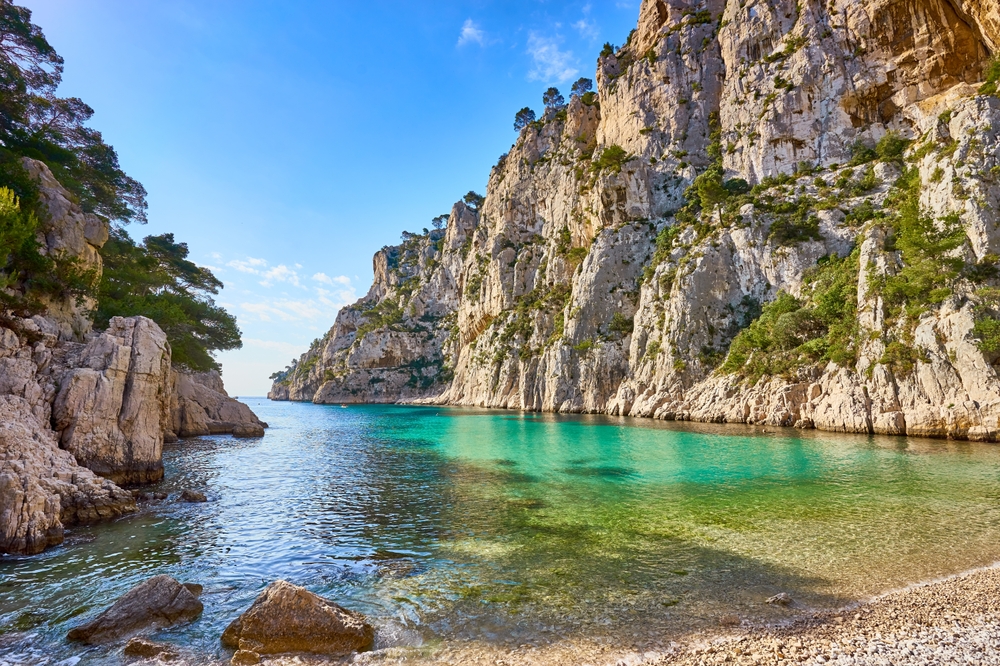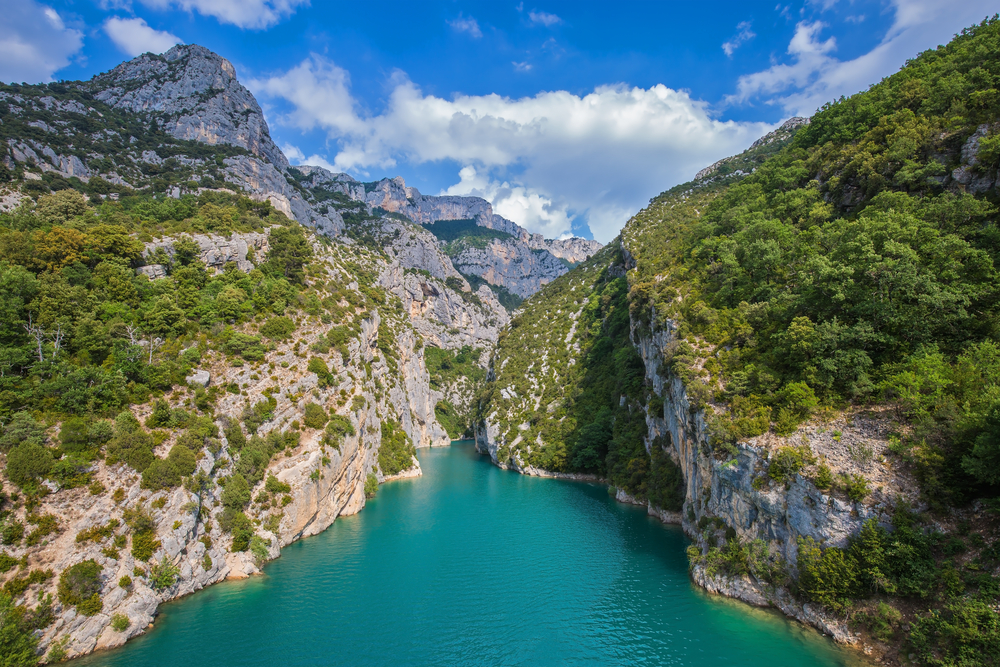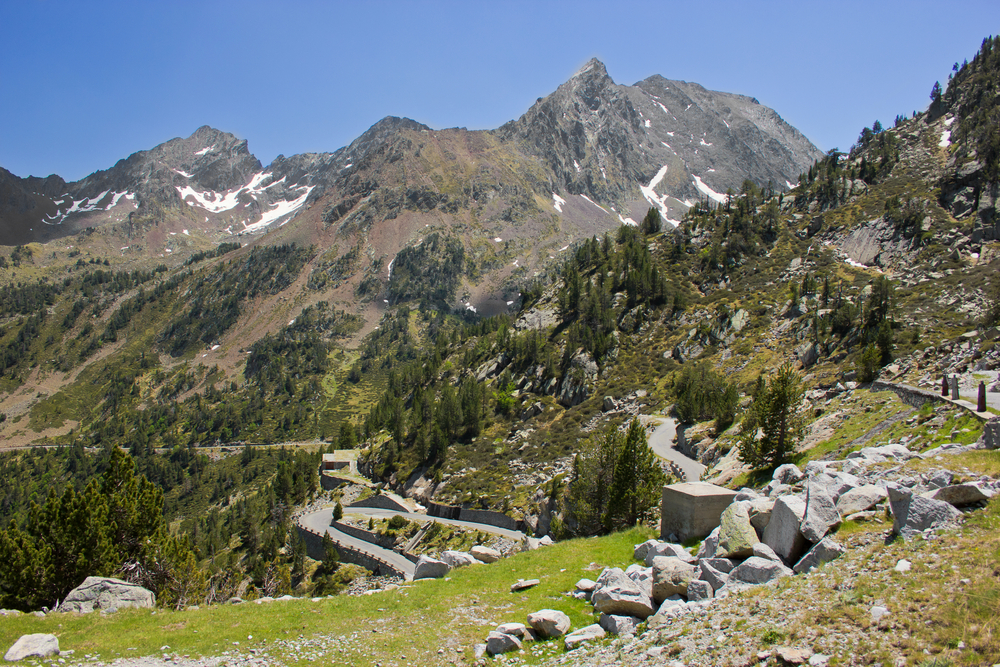Cévennes Overview
Cévennes National Park, or Parc national des Cévennes in French, is a vast protected area in the south of France, covering approximately 353 square miles (913 square kilometers).
Located primarily in the Lozère department and parts of Gard and Ardèche, this park is notable for its rugged landscapes, rolling plateaus, deep gorges, and forested valleys. Established in 1970, it remains the only national park in France with a significant human population living within its borders, allowing for a unique balance between conservation and traditional ways of life.
The terrain of Cévennes National Park is diverse, shaped by the Massif Central’s ancient rock formations. The dramatic limestone plateaus of the Causse Méjean contrast with the lush valleys of the Tarn and Jonte rivers, where deep gorges have been carved over millennia.
Mont Lozère, the park’s highest peak at 5,584 feet (1,702 meters), offers breathtaking panoramas and is a prime spot for hiking. The region also features picturesque waterfalls, such as the Cascade de Runes, and extensive chestnut and beech forests, which turn golden in the autumn months. Mediterranean influences are evident in the park’s lower elevations, where olive trees, boxwood shrubs, and garrigue vegetation thrive.
Wildlife is one of Cévennes National Park’s most treasured assets, with an abundance of rare and iconic species. The park is a sanctuary for mammals such as the European otter, wild boar, red deer, and mouflon, a type of wild sheep.
The reintroduction of the Griffon vulture has been a major conservation success, and these majestic birds, along with golden eagles and peregrine falcons, are frequently spotted soaring above the cliffs. The park also hosts an impressive variety of amphibians and reptiles, including the fire salamander and the European green lizard. With over 2,000 plant species, including endemic wild orchids and aromatic herbs, the biodiversity here is exceptional.
One of the most popular features of the park is the Tarn Gorge, a stunning canyon that attracts kayakers, climbers, and nature lovers. The charming villages of Florac, Meyrueis, and Saint-Jean-du-Gard provide excellent gateways to the park, offering access to trails, local markets, and historical sites such as medieval castles and centuries-old stone bridges.
The Stevenson Trail (GR 70), inspired by Robert Louis Stevenson’s journey through the Cévennes with his donkey, is a favorite among long-distance hikers looking to immerse themselves in the region’s rugged beauty.
Visitors can explore the park through hiking, cycling, horseback riding, and canoeing, making it an ideal destination for outdoor enthusiasts. Stargazing is another popular activity, as the park is recognized for its exceptionally dark skies, free from light pollution.
In winter, snow-covered landscapes on Mont Lozère provide opportunities for cross-country skiing and snowshoeing. The park also plays a crucial role in cultural preservation, with museums and eco-museums showcasing traditional farming, shepherding, and local crafts.
Conservation efforts in Cévennes National Park focus on protecting its diverse ecosystems while allowing sustainable human activities. The park’s agro-pastoralism tradition is recognized by UNESCO as part of the Causses and Cévennes World Heritage site.
The reintroduction of species such as the bearded vulture and measures to control invasive species demonstrate ongoing environmental stewardship. Despite these successes, the park faces challenges such as climate change, human encroachment, and managing tourism’s environmental impact. Through collaborative efforts between scientists, local communities, and conservationists, the park continues to be a model for balancing nature and heritage.













































































